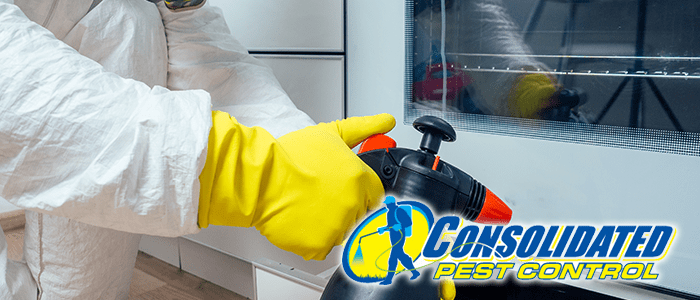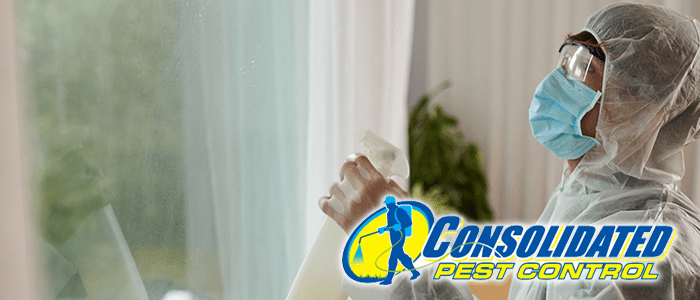Wasps are one of the worst infestations that you’ll ever have to deal with in your life. During summer, they can ruin your outdoor activities. They can also be the cause of hospital visits or worse. The problem is that sometimes these pests are sometimes hard to spot until it’s too late. It’s important that you address this problem as soon as you see signs.
In most cases, you should hire a pest control specialist to come in and get rid of these dangerous insects. But we need to know that there is a problem in the first place. Here are some sure signs that your home has a wasp problem.
Spot Flying Insects
When you are inspecting your home for a potential infestation, you should start by taking a close look for signs of flying insects. Wasps are identified by slender, long wings and a yellow body. You’ll notice several of them swarming around a specific area. If you are able to find visible signs of an infestation, then you need to address the problem immediately.
Look out for Chewed Wood
Some wasps will build their nests by chewing up the wood. When your home is infested by wasps, then you’ll start to notice holes being burrowed into wood around the outside of your home. Chewed wood is also a sign of termites or carpenter ants so if you find this problem, then you need to start taking care of it immediately. In most cases, chewed wood is a sign that you need to call a professional.
Spotting Visible Nests
Okay so if you spot a wasp nest then you know that you have an infestation. Depending on the type of wasp, the nest might be made of wood particles or mud. Wasps will defend their nest, attacking the moment they feel threatened. That’s why you have to be careful if you plan to tackle this problem on your own.
Tips for Locating the Nest
Sometimes wasps are quite clever when it comes to hiding their nest. Don’t panic though because we’re here to help! Follow these tips to locate the nest. Just be careful because they will attack if they feel threatened.
- Wasp nests will be made of either wood or mod. You can spot them quite easily.
- Queens like to build smaller nests in the spring to lay their first batch of eggs. These nests can quickly develop into a larger nest as more workers are born. By the time mid-summer comes around, these nests can become quite large.
- Keep an eye on the flight path of returning wasps to determine where the nest is located. Keep the windows closed if they are flying close to your home. If the nest is located in the attic or a crawl space, then you should seek professional help. These are dangerous areas.
- The most common areas for nests are on roof eaves and behind shutters.
Be very careful when dealing with wasps. Always have a plan laid out before you attempt to eradicate them.








